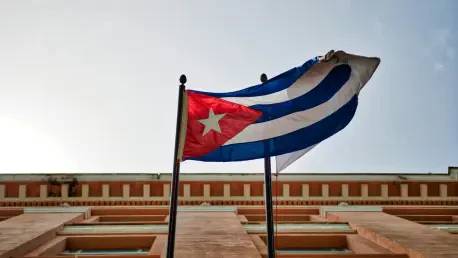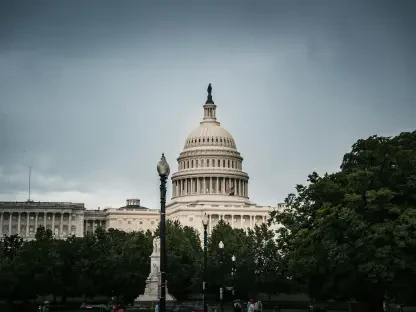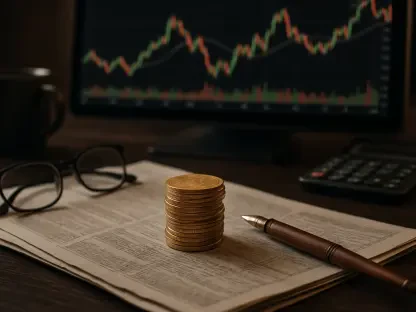In a nation where economic stability remains elusive, Cuba’s informal currency market has become a stark reflection of deeper financial turmoil, with exchange rates for major currencies like the US dollar (USD) and euro (EUR) soaring to unprecedented levels, highlighting the Cuban peso’s (CUP) severe depreciation. As of recent data, the black market dictates values far beyond official rates, painting a grim picture of the peso’s decline. The USD stands at a staggering 400 CUP, while the EUR reaches an even higher 450 CUP, numbers that highlight the profound disparity in purchasing power for everyday Cubans. Meanwhile, the Freely Convertible Currency (MLC), intended as a remittance-backed dollar alternative, has slumped to 200 CUP, losing ground steadily over recent weeks. This volatile landscape not only underscores the peso’s near obsolescence—often likened to a “zombie” in economic discussions—but also raises pressing questions about the lack of governmental intervention. The informal market’s dominance signals a crisis that affects every transaction and livelihood on the island.
Unpacking the Currency Value Disparities
The glaring differences in currency values within Cuba’s informal market reveal a complex web of economic dysfunction that burdens the population daily. With 1 USD equating to 400 CUP and 1 EUR to 450 CUP, the exchange rates for foreign currencies have reached historic highs, rendering the local peso virtually powerless in transactions of any significance. Larger denominations scale accordingly, amplifying the gap between those with access to foreign currency and those reliant on CUP. The MLC, meanwhile, continues its downward spiral, dropping five pesos recently to settle at 200 CUP, a decline that erodes confidence in its utility. Marketed as a convertible currency, MLC remains restricted to specific state-run stores under military control, limiting its practicality and exposing it as a shadow of the remittance dollar it was meant to emulate. This disparity not only fuels inflation but also deepens the economic divide, as Cubans struggle to afford basic goods when their local currency holds so little value against foreign counterparts in the black market.
Government Inaction and Economic Fallout
The persistent instability in Cuba’s currency market is exacerbated by a striking absence of effective governmental response, leaving the informal sector to dictate financial realities. Despite assurances from high-ranking officials, such as Prime Minister Manuel Marrero, about forthcoming reforms to the official exchange system, no tangible steps or timelines have emerged to address the skyrocketing rates. This inaction has allowed the USD and EUR to maintain record highs, while the MLC flounders, reflecting broader skepticism among analysts about the government’s capacity to enact meaningful change. Commentary from economic observers highlights frustration over systemic issues, including the military conglomerate’s oversight of key resources, which further stifles currency reform. The lack of intervention perpetuates a cycle of hardship, as the black market’s volatility shapes daily life, leaving citizens and experts alike grappling with uncertainty. Looking back, this prolonged inaction has stood as a defining factor in the deepening financial quagmire, with implications that echo across every stratum of Cuban society. Moving forward, prioritizing transparent policies and stabilizing measures could offer a path to mitigate the crisis’s impact.









